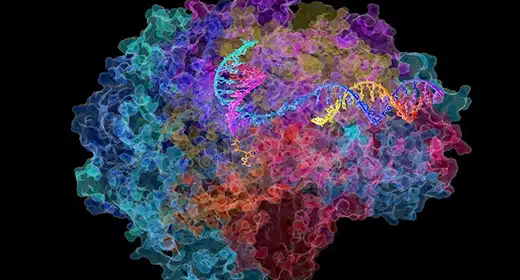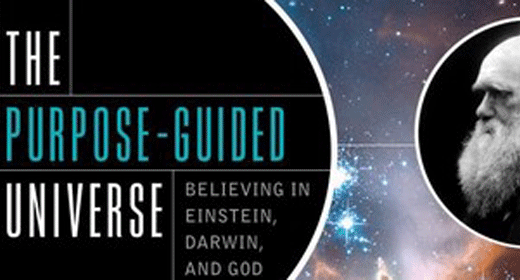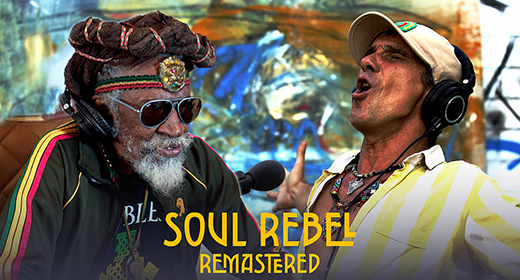by Peter Diamandis: Exercise is the single most important pro-longevity activity you can undertake.
 When I think of exercise, I’m using it to accomplish two things:
When I think of exercise, I’m using it to accomplish two things:
1. Increase muscle mass; and,
2. Optimize my metabolic and mitochondrial health.
Increasing Muscle Mass
Adding muscle to your frame is one key for health and longevity. My own personal goal this year is to add 10 additional pounds of skeletal muscle.
Why?
A number of studies have demonstrated a direct correlation between longevity and muscle mass. One study, published in the journal Aging, looked at data from over 10,000 people and found that those with the highest muscle mass were 30% less likely to die during the study period than those with the lowest muscle mass. Another study, published in the journal The Lancet Diabetes & Endocrinology, found that people with sarcopenia (a condition characterized by low muscle mass) had a 50% increased risk of death from all causes.
One reason for the benefit of increased muscle mass is its role in preventing injuries from falling.
As it turns out, many deaths occur when prolonged sarcopenia (i.e., loss of muscle mass) ultimately leads to a fall, resulting in a fractured hip or pelvis, followed by hospitalization, pneumonia, and ultimately death. (Note: According to a 2019 study in Acta Orthopaedica, in adults over the age of 65 years old, the one-year mortality after a hip fracture is 21% for those whose fracture is surgically repaired. If the fracture is not repaired, the one-year mortality jumps to 70%.)
For this reason, building and maintaining muscle mass is absolutely critical, and this is not a “once and done” activity.
Building muscle needs to become part of your regular routine. Muscle mass decreases approximately 3–8% per decade after the age of 30 and this rate of decline is even higher after the age of 60.
There are a number of things that we can do to help preserve muscle mass, including: exercising regularly with heavy weights, eating a healthy diet high in protein, getting enough sleep, and managing stress.
Here’s what I do…
Heavy Weight Workout: I work out 3 times per week using heavy weights for both my upper and lower body. Each session is an hour long guided by a trainer who pushes me harder than I can typically push myself. If I can occasionally squeeze in a fourth workout during the week, I will absolutely prioritize that.
Katalyst Workout: Last year I purchased a Katalyst Suit for use at home. Katalyst uses electro muscle stimulation (EMS) to help you build more strength in a 20-minute, at-home session. This helps me maintain muscle mass when I’m short on time and it also helps me create variety in my workout.
Creatine: Before each heavy weight workout, I consume 5 grams of creatine. Research shows supplementing with creatine can double your strength and lean muscle gains when compared to training alone. Creatine, a natural substance in muscle cells, enhances muscle growth and strength in several ways: by increasing ATP production for high-intensity workouts, promoting cell signaling for muscle repair, boosting cell hydration for muscle size, stimulating protein synthesis, reducing protein breakdown, and lowering myostatin levels to increase growth potential. Its effectiveness varies among individuals.
At-Home Quick Workouts: In between my heavy weights, I will work out at home with simple exercises: push-ups, abdominal bicycle, sit-ups, v-ups, squats, and lunges. One of the great apps I love for pushing me through a daily exercise routine is called the “7-Min Workout.” It’s developed by Johnson & Johnson and is free in the App Store. The app includes a high-intensity, circuit training workout, with aerobic and resistance exercises using only body weight.
Measuring Muscle Mass / Whole-Body Composition: Measuring how your muscle mass changes is important. You must measure what matters. To do this, I use the InBody H20N, a smart weight analyzer that goes beyond weight, measuring whole-body composition including lean muscle and body fat percentage. It helps me monitor and gamify my goals.
VO2 Max & Mitochondrial Health
VO2 max, or maximal oxygen uptake, is a measure of the maximum amount of oxygen that an individual can use during intense exercise.
It’s a key indicator of cardiovascular fitness and aerobic endurance. A higher VO2 max generally indicates a greater capacity for aerobic exercise and endurance.
VO2 max is important for longevity for several reasons, including: (i) Cardiovascular health, reducing the risk of heart disease and stroke; (ii) Physical fitness and mobility; (iii) Chronic disease prevention, reducing the risk of diabetes, hypertension, and certain types of cancer; (iv) Mental health and cognitive function, reducing the risk of depression, anxiety, and cognitive decline, including conditions like Alzheimer’s disease; and (v) Longevity.
Ultimately, several studies have found a direct correlation between VO2 max and longevity. Higher VO2 max levels in middle age have been associated with increased survival rates in older age.
How I work on improving my VO2 max…
1. Steady-State Cardio: I endeavor to get at least 3 (ideally 4) days each week of moderate “Zone 2” cardio exercise for 45 – 60 minutes. For me, this involves getting my heart rate to 110 bpm – 115 bpm and holding it steady through light jogging / brisk walking, cycling, or tennis.
Note: Here’s how you calculate your Zone 2 heart rate:
- Calculate “Max HR.” Equal to 220 minus your age. For me, it’s 220 – 61 = 159
- Calculate Lower Limit of Zone 2. Equal to Max HR x 60%. For me: ~100 bpm
- Calculate Upper Limit of Zone 2. Equal to Max HR x 70%. For me: ~110 bpm
2. Interval Training Cardio: 1 – 2 days a week, I replace a steady-state cardio workout with a High Intensity Interval Training (HIIT) workout. I warm up for 5-10 minutes, and then alternate between 1 minute of high-intensity exercise (such as sprinting or fast cycling) and 1 – 2 minutes of low-intensity recovery. I repeat this cycle for 20 – 30 minutes.
Walking Meetings: During and after Covid, I’ve made it a habit to do many of my in-person meetings as “Walk and Talk” sessions. My daily goal is to exceed 10,000 steps measured on my Apple Watch / iPhone. I wear a heart rate monitor that allows me to get my heart rate into Zone 2 (which for me is about 110 – 115 bpm) and maintain it there for an hour, three times per week.
Walking Desk: To help me reach and exceed my 10,000-steps goal, I have been using a walking desk whenever I’ve been office bound. Every Zoom or phone call can be done on a walking desk. As I like to say, “sitting is the new smoking”!
Measuring Cardio / Heart Rate: I use a Polar Verity Sense to measure my heart rate during workouts. It’s an optical heart rate monitor that I wear on my forearm, providing me with freedom of movement and multiple options for viewing and recording my workouts.
Why Exercise Matters So Much
In a 2018 study published in The Lancet, researchers looked at the link between physical activity and mortality.
With data from over 1 million people, the study found that individuals who engaged in 150 minutes of moderate-intensity exercise per week had a 28% lower risk of death from any cause.
But the data gets even more compelling.
Subjects who engaged in 750 minutes per week—or 12.5 hours—had a mind-blowing 42% lower risk of death compared to those who never exercised.
There is no known therapy or drug with this type of well-studied effect on human lifespan.
Even just regular, frequent movement—especially outside, in fresh air—has the potential to transform your mood, maintain your heart health (protecting you from the number one killer in the world!), and significantly boost your creativity and problem-solving skills.
Another recent study found that participants who walked over 4,000 steps a day had healthier brain tissue, better memory, as well as superior cognitive function, compared to those who walked fewer than 4,000 steps per day.
So, if you don’t yet exercise regularly, start somewhere.
Ideally, you’ll get to 10,000 steps a day plus three times a week of weight training.
But as you can see, just 4,000 steps a day can be the difference between life and death. Between a healthy brain and Alzheimer’s—or a number of other debilitating diseases.









































